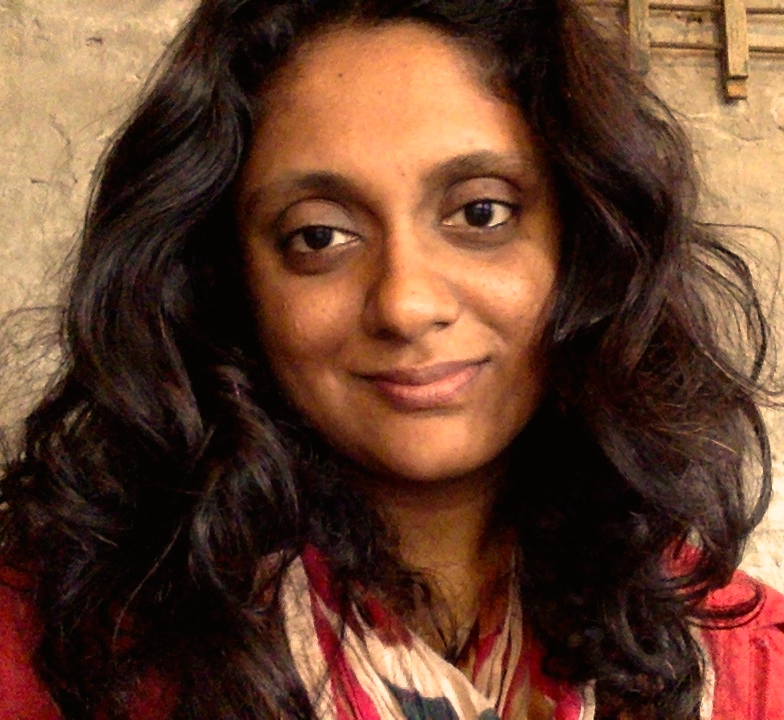Since the start of the conflict in Syria, more than five million displaced people have fled to neighbouring countries. The media have broadcast countless images of wounded refugees, suffering in tented settlements, but Emily Scott – a PhD candidate in political science – knows that one of the primary threats facing Syrian refugees is almost invisible.
“The lives of refugees who have made it out of Syria are threatened more by manageable, treatable diseases such as diabetes, asthma, heart disease or cancers than by war wounds,” says Scott, who recently spent eight months in Jordan and Lebanon studying how groups such as Doctors Without Borders, the International Committee of the Red Cross and Save the Children operate. She observed that humanitarian organizations working in the region expected to find gunshot wounds and burns resulting from violence, but they found as great a need for puffers, blood-thinners and diabetes medication.
One problem is that it is hard to see who is a refugee and who is not, says Scott. Most refugees in Jordan and Lebanon do not live in camps, as people expect, and they suffer from “middle-income” diseases normally associated with wealthier countries. These non-communicable diseases are invisible until you talk to someone – yet the suffering is all too real and dangerous.
One recent study by the U.S. Centers for Disease Control and Prevention estimates that half of refugee households in Jordan have at least one person who suffers from a non-communicable disease. Today, for most Syrian refugees living in neighbouring states, even cancers that could be cured elsewhere are a death sentence.
Despite the urgency of the need, humanitarian organizations have been slow to provide medicines and early diagnostic services. The reasons for this are many, explains Scott. The identity of these organizations tends to be tied to work in war zones and disaster areas. Responding to violence gains greater institutional and international support: it’s easier to make a brochure and sell an image of an ash-covered child with a broken limb than a middle-aged refugee suffering from hypertension. As an employee of Doctors Without Borders told her: “We don’t want to become pills without borders.”
Scott says that organizations need to begin by first rethinking what a humanitarian crisis and suffering look like: to really advocate for Syrian refugees, you need to have a broader picture of what it means to be wounded by war. The organizations must find better ways to assess unanticipated needs experienced on the ground and then adapt or innovate to meet them. Some have already begun to change, though the effort remains fragmented. She adds that the emotional response of the fieldworkers has been a source of hope and the key to fuelling change.
“Most of these organizations move forward when these fieldworkers push for change,” says Scott. “That’s what happened with HIV/AIDS, and that’s what’s happening with non-communicable diseases.”
Emily Scott’s research is supported by the Social Sciences and Humanities Research Council and Fulbright Canada.
Recent Posts
For Greener Buildings, We Need to Rethink How We Construct Them
To meet its pledge to be carbon neutral by 2050, Canada needs to cut emissions from the construction industry. Architecture prof Kelly Doran has ideas
U of T’s 197th Birthday Quiz
Test your knowledge of all things U of T in honour of the university’s 197th anniversary on March 15!
Are Cold Plunges Good for You?
Research suggests they are, in three ways





